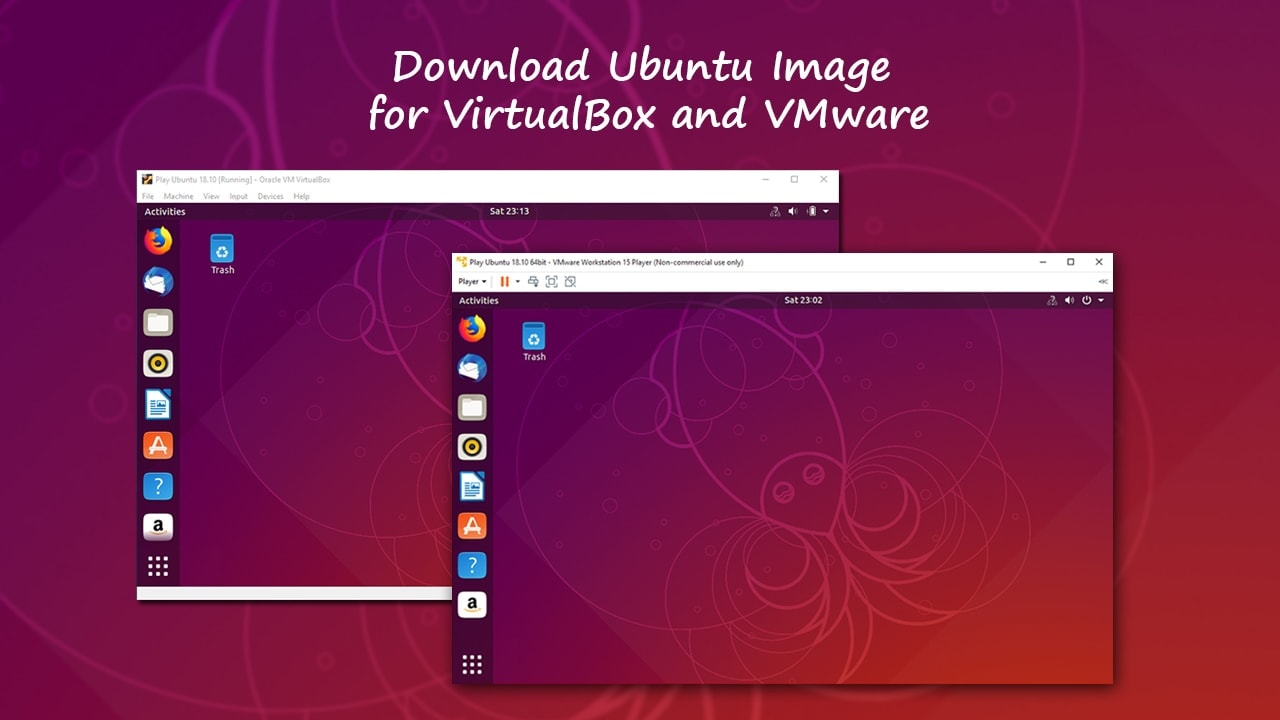
In the center pane of Hyper-V Manager, select the virtual machine.Ĭlick Connect to open the window for the virtual machine. See Linux Installation Notes for more information.īefore attempting to create your own custom Ubuntu image for Azure, please consider using the pre-built and tested images from instead. When converting from a raw disk to VHD you must ensure that the raw disk size is a multiple of 1MB before conversion.
All VHDs on Azure must have a virtual size aligned to 1MB. More information about this can be found in the steps below. The cloud-init provisioning agent can be configured to create a swap file or a swap partition on the temporary resource disk. Don't configure a swap partition or swapfile on the OS disk. LVM or RAID may be used on data disks if preferred. This will avoid LVM name conflicts with cloned VMs, particularly if an OS disk ever needs to be attached to another VM for troubleshooting. When installing the Linux system it's recommended that you use standard partitions rather than LVM (often the default for many installations). You can convert the disk to VHD format using Hyper-V Manager or the Convert-VHD cmdlet. The VHDX format isn't supported in Azure, only fixed VHD. Please see also General Linux Installation Notes for more tips on preparing Linux for Azure. For instructions, see Install the Hyper-V Role and Configure a Virtual Machine. vhd files, for example a virtualization solution such as Hyper-V. This article assumes that you've already installed an Ubuntu Linux operating system to a virtual hard disk. The latest image releases can always be found at the following locations: If you need to build your own specialized Ubuntu image for Azure, rather than use the manual procedure below it's recommended to start with these known working VHDs and customize as needed. 
Ubuntu now publishes official Azure VHDs for download at. Start by downloading the VDI file.ĭownload: Ubuntu 20.Applies to: ✔️ Linux VMs ✔️ Flexible scale sets

Various operating systems are available as easy-to-use disk images for VirtualBox and VMware at These are available in VDI format, a virtual disk image that you can easily load in VirtualBox.

Well, you could try a pre-configured disk image that you can simply load up in VirtualBox. You'll learn how to actually install Ubuntu - but what if you just want to get it up and running right now? It's straightforward, but a little intensive, and take a while to get right. The rest of this guide will show you how to install Ubuntu in a VirtualBox virtual machine. Download: Ubuntu 20.04 LTS Install a Pre-Configured Ubuntu VirtualBox Disk







 0 kommentar(er)
0 kommentar(er)
